If you’re looking for a soy sauce recipe with a twist, Daging Masak Kicap, a traditional Malay soy sauce beef dish, is what you need. While it may not be as well-known as stir-fried meat with soy sauce, it is a common and beloved dish in Malay households, prepared by families for generations.
The key difference in this recipe lies in the use of sweet soy sauce instead of the lighter variety commonly found in Chinese, Thai, Japanese, and Vietnamese dishes. This gives Daging Masak Kicap its distinct flavor profile, complemented by a blend of traditional Malay spices such as cinnamon, cloves, star anise, and cardamom. These unique seasonings and spices add an unmistakable allure to the dish.
The result is a tantalizing medley of sweet, spicy, and salty flavors, making it an exceptional accompaniment to white rice. The thick gravy created during cooking provides a perfect partner for the rice, allowing you to savor the delicious beef with its intensely savory taste.
So, let’s delve into the recipe and discover the magic of this traditional Malay soy sauce beef dish!
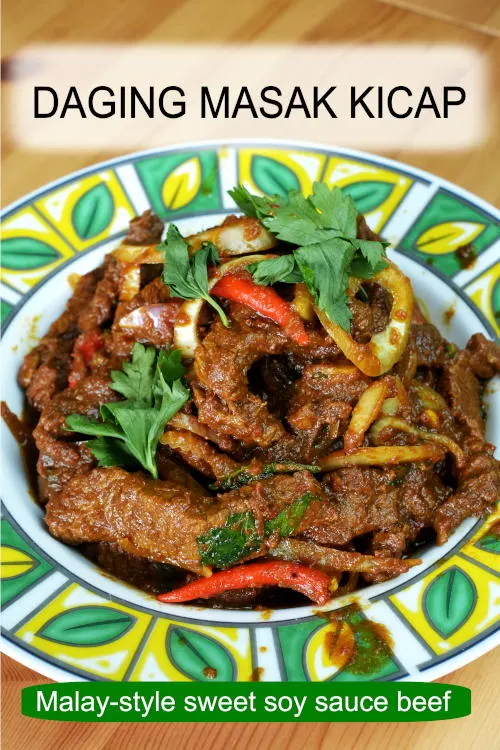
Note: This post may contain affiliate links. Please read my privacy policy for more info. I may receive commissions for purchases made through links in this post. As an Amazon Associate, I earn from qualifying purchases.
1. Perfecting Daging Masak Kicap: Tips for tender and flavorful beef
When preparing Daging Masak Kicap, there’s no need to splurge on top-quality cuts of beef since braising will tenderize even cheaper cuts, like chuck or rump.
Cutting the beef against the grain is crucial. While I prefer thick slices, some cooks opt for smaller chunks, both of which work well, with the latter requiring a longer cooking time.
Although slow cooking ensures the flavors penetrate the meat, I like to take an extra step by marinating the beef beforehand. A simple marinade of ground turmeric, coriander, and a pinch of salt does the trick. Marinating the beef first will infuse the meat with a richer color and a more delightful flavor.
As the beef simmers, it absorbs the delectable flavor of sweet soy sauce and the traditional Malay spices, resulting in a mouthwatering amalgamation of sweet, spicy, and salty tastes. The resulting luscious gravy formed during cooking is heavenly when drizzled on a steaming bowl of plain rice.
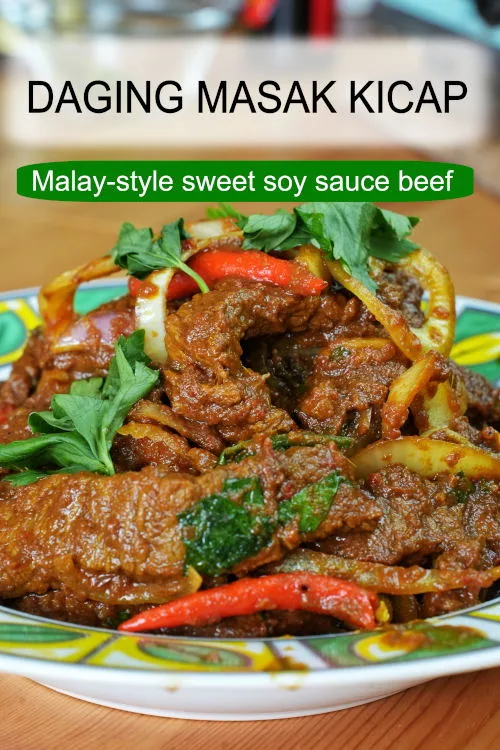
2. Essential ingredients for preparing flavorful Soy Sauce Beef (Daging Masak Kicap)
A few additional ingredients are required before starting the cooking process for Daging Masak Kicap. Below is a list of key ingredients and instructions on preparing them.
a. Sweet Soy Sauce:
The most crucial component in cooking Malay-style sweet soy sauce beef is, undoubtedly, the sweet soy sauce itself. I recommend using a local brand called Habhal. Look for the one with the red label. If this brand is unavailable, you can opt for the more internationally known brand, ABC. The flavor of sweet soy sauce differs significantly from Chinese or Japanese soy sauce. Despite its name, it contains a balanced combination of sugar and salt. With a darker color and thicker consistency than regular soy sauce, this unique ingredient sets the recipe apart from other soy sauce beef variations.
b. Lemongrass (Optional):
While not mandatory for this recipe, adding one stalk of lemongrass per pound of beef enhances the overall flavor. Since lemongrass might not be readily available in some regions, it can be considered an optional ingredient. If you decide to use it, please discard the greenish part and utilize only the bulb, which is off-white to pale yellow. To release its flavor during cooking, gently bash the lemongrass with your knife and add it to the beef as it braises.
c. The Spices:
Creating the signature taste of Daging Masak Kicap involves a blend of star anise, cinnamon, cloves, and cardamom. Referred to collectively as “Empat Sekawan” in Malay, these four spices are commonly used in various local cuisines. For those new to Malay cuisine, using these spices offers an authentic taste of Malay food.
d. Other Ingredients:
The detailed list of ingredients is in the recipe card below. However, there are two noteworthy components to mention here. Firstly, tomatoes can be included, though not all recipes call for them. Adding a small tomato can enhance the overall flavor. Secondly, when it comes to chili, fresh red chili is recommended. Many locals use a blended red chili paste called “Cili Boh,” readily available in stores. If you cannot find it, blend fresh chili with onion, ginger, and garlic to create a paste for beef cooking. Also, including a few small Bird’s eye chilies (cili padi) can add extra spiciness to the dish.
Lastly, consider incorporating some deep-fried potato wedges while cooking the beef. The potatoes will absorb the savory gravy, which is incredibly delicious.
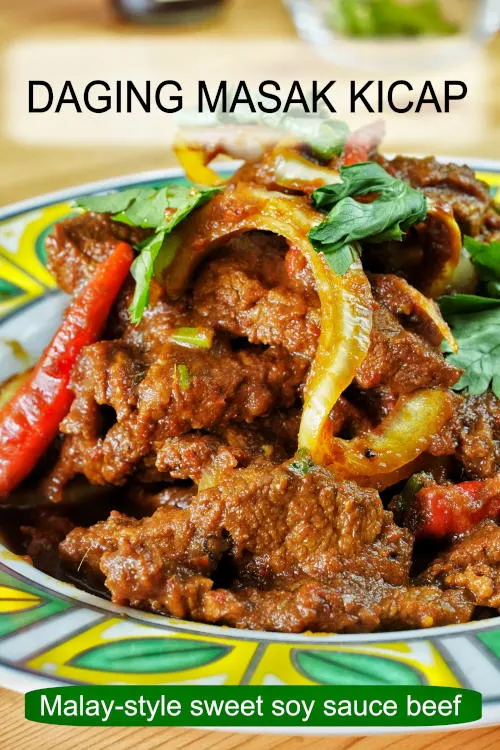
3. How to prepare Daging Masak Kicap: A step-by-Step guide
- Cut the beef into quarter-inch-thick slices across the grain.
- Marinate the beef in a bowl with ground turmeric, coriander, salt, and sweet soy sauce (Ingredient A).
- Next, prepare the aromatic base by cutting a small onion into chunks and roughly chopping the garlic, ginger, and chilies (Ingredient 2). Blend these ingredients into a paste using an electric blender, adding a little water if needed to facilitate blending.
- Heat vegetable oil in a hot frying pan or wok, and sauté the blended ingredients over medium heat until they become aromatic and all the water evaporates.
- Add the spices as in Ingredient C into the pan.
- Place the marinated beef into the pan with enough water to cover the beef.
- Also include the sweet soy sauce, oyster sauce, and black pepper from Ingredient D.
- Allow the mixture to simmer over low heat until the beef becomes tender. You can also use a slow cooker to accomplish the work.
- Add the bird’s eye chili, onion rings, and chopped coriander when the beef reaches the desired tenderness. The liquid should have been reduced to a thick sauce. Cook the dish for half a minute to let the flavors blend.
- Remove from the pan and garnish it with fresh coriander leaves or green onions to serve.
Whether you’re an occasional explorer of traditional Malay cuisine or a newcomer to its delights, Daging Masak Kicap offers a delightful and unforgettable culinary experience that will leave you craving more.
Daging Masak Kicap is a delectable and savory dish that will impress your taste buds and delight your guests. Enjoy the rich flavors of Malay cuisine in this satisfyingly tender and aromatic beef dish!
4. Storing and reheating
To prepare Daging Masak Kicap ahead of time, follow these storage and reheating tips for a delicious meal anytime:
- If you plan to consume the dish within two days, store it in an airtight container and keep it in the refrigerator.
- Place it in an airtight container for longer storage and keep it in the freezer.
- When ready to serve, allow the frozen Daging Masak Kicap to thaw. Once thawed, transfer the dish to a stovetop pan once thawed and gently heat it until it is fully warmed.
5. Exploring related beef recipes
If you’ve enjoyed the delightful flavors of Malaysian soy sauce beef, why not also try these exciting stir-fry recipes:
- Try our easy Mongolian beef recipe on this food blog. This dish incorporates classic Chinese cooking ingredients like dark soy sauce and sesame oil. For a succulent and tender beef bowl, opt for a premium cut of beef, such as sirloin steak. If using flank steak, slice it thinly across the grain for optimal tenderness.
- Beef with Broccoli stir-fry is a delicious one-pot meal with rice. Following our recipe, you can easily create this Chinese restaurant favorite at home. I like to improve the flavor and presentation by thickening the sauce with a cornstarch slurry and sprinkling toasted sesame seeds to garnish.
- Bok Choy stir-fry is one of the most popular recipes on this food blog. Don’t miss it.
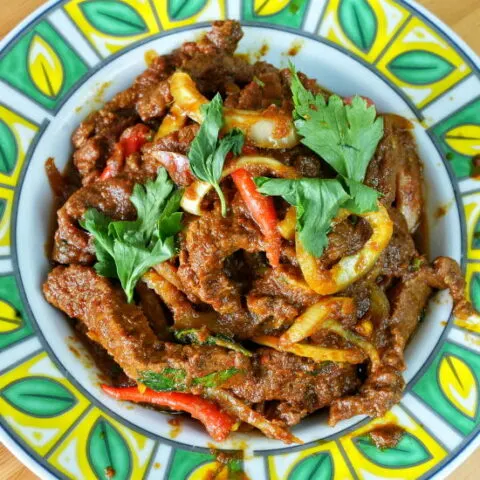
Daging Masak Kicap (Malay-style soy sauce beef)
Daging Masak Kicap is a tantalizing Malay soy sauce beef recipe that bursts with Malaysian flavors. It is slow cook with traditional spices
Ingredients
Ingredients A
- 500g beef
- 1 tsp ground turmeric
- 1 tsp ground coriander
- 1/4 tsp salt
- 1 tbsp sweet soy sauce
Ingredients B
- 1 small onion
- 1 inch ginger
- 3 clove garlic
- 2 red chili
- 3 tbsp water
Ingredients C
Ingredients D
- 1 tbsp oyster sauce
- 6 tbsp sweet soy sauce
- 1 small tomato, make into a puree (optional)
- 1/4 tsp ground black pepper
- Water to cover the beef
Ingredients E
- 5 bird’s eye chili, remove the stem
- 1 medium size onion, cut into rings
- 1 stalk chopped coriander
- Coriander leaves to garnish
Instructions
- Cut the beef into quarter-inch-thick slices across the grain.
- Marinate the beef in a bowl with ground turmeric, coriander, salt, and sweet soy sauce (Ingredient A).
- Next, prepare the aromatic base by cutting a small onion into chunks and roughly chopping the garlic, ginger, and chilies (Ingredient 2). Blend these ingredients into a paste using an electric blender, adding a little water if needed to facilitate blending.
- Heat vegetable oil in a hot frying pan or wok, and sauté the blended ingredients over medium heat until they become aromatic and all the water evaporates.
- Add the spices as in Ingredient C into the pan.
- Place the marinated beef into the pan with enough water to cover the beef.
- Also include the sweet soy sauce, oyster sauce, and black pepper from Ingredient D.
- Allow the mixture to simmer over low heat until the beef becomes tender. You can also use a slow cooker to accomplish the work.
- Add the bird's eye chili, onion rings, and chopped coriander when the beef reaches the desired tenderness. The liquid should have been reduced to a thick sauce. Cook the dish for half a minute to let the flavors blend.
- Remove from the pan and garnish it with fresh coriander leaves or green onions to serve.
Recommended Products
As an Amazon Associate and member of other affiliate programs, I earn from qualifying purchases.
-
 EXTRA LARGE Organic Bamboo Cutting Board with Juice Groove - Kitchen Chopping Board for Meat (Butcher Block) Cheese and Vegetables | Anti Microbial Heavy Duty Serving Tray w/Handles - 18 x 12"
EXTRA LARGE Organic Bamboo Cutting Board with Juice Groove - Kitchen Chopping Board for Meat (Butcher Block) Cheese and Vegetables | Anti Microbial Heavy Duty Serving Tray w/Handles - 18 x 12" -
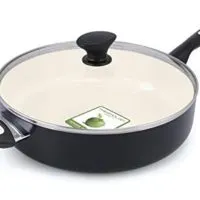 GreenPan Rio 5QT Ceramic Non-Stick Covered Skillet with Helper Handle, Black - CW000058-003
GreenPan Rio 5QT Ceramic Non-Stick Covered Skillet with Helper Handle, Black - CW000058-003 -
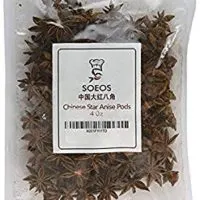 Soeos Star Anise Seeds (Anis Estrella), Whole Chinese Star Anise Pods, Dried Anise Star Spice, 4 oz.
Soeos Star Anise Seeds (Anis Estrella), Whole Chinese Star Anise Pods, Dried Anise Star Spice, 4 oz. -
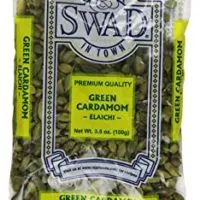 Swad Cardamom Indian Grocery Spice, Pods Green, 3.5 Ounce
Swad Cardamom Indian Grocery Spice, Pods Green, 3.5 Ounce
Nutrition Information:
Yield: 3 Serving Size: 1Amount Per Serving: Calories: 1764Total Fat: 104gSaturated Fat: 32gTrans Fat: 1gUnsaturated Fat: 53gCholesterol: 338mgSodium: 5301mgCarbohydrates: 94gFiber: 8gSugar: 37gProtein: 116g
This data was provided and calculated by Nutritionix on 7/26/2023

Tung
Wednesday 26th of July 2023
Thumbs up up and up
KP Kwan
Wednesday 26th of July 2023
Hi, this is KP Kwan. I am happy to see you in this comment area, as you have read through my recipe. I am glad to reply to any questions and comments as soon as possible.
sree
Wednesday 26th of July 2023
@KP Kwan, Hi Thanks for shariing your recipes. Can I use chicken/lamb iinstead of beef in your daging recipe. Also would you stir fry the kailan or choysum the same way as the Bak choy? What about tofu recipes and some with XO sauce and jalapeno. Thanks Sree